When a bleed is not a virus
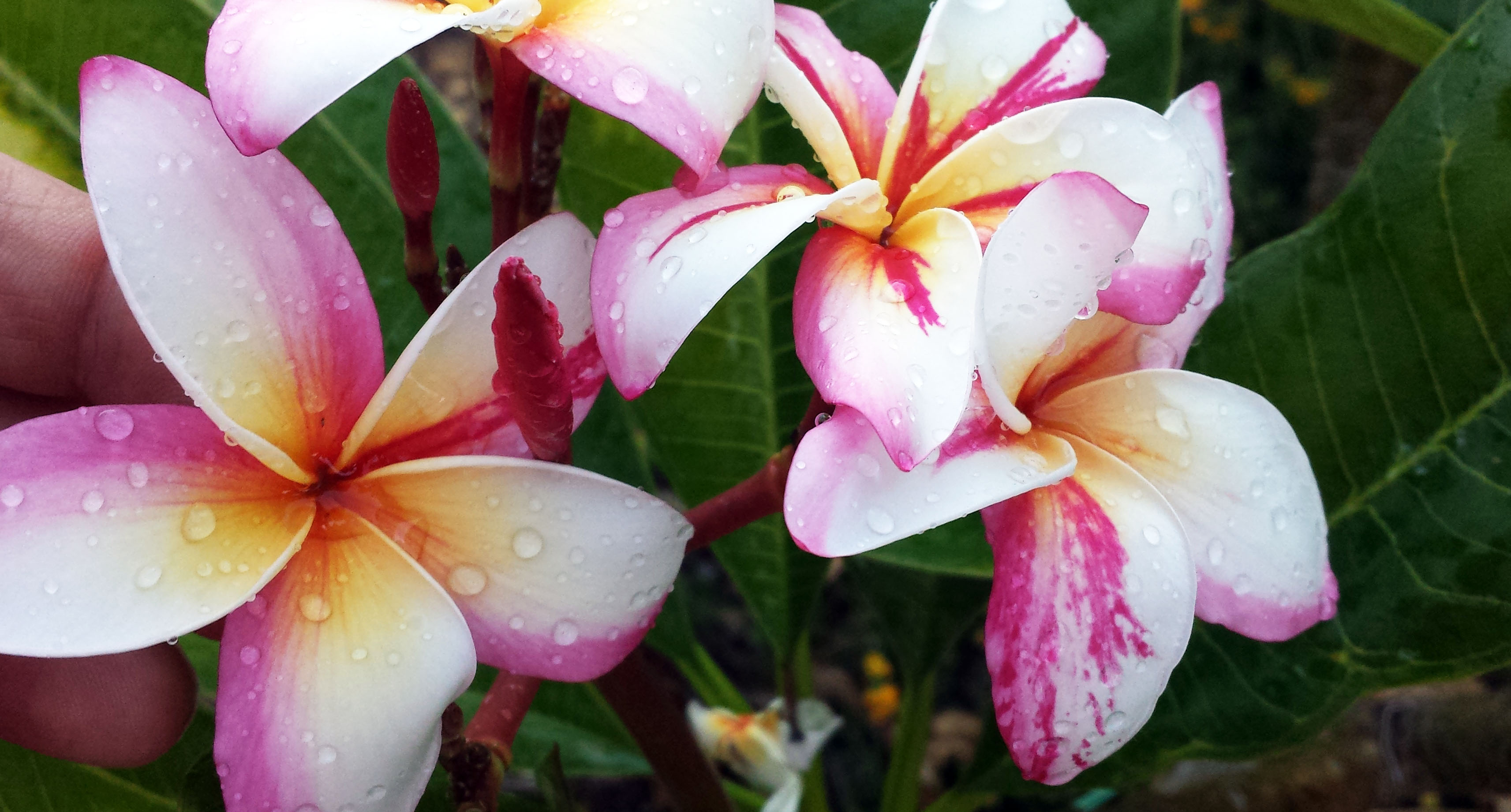
These days a lot of people tend to panic when they see a bleed in their plumeria flowers thinking that they have a virused plant but this is not always the case. Over the years I have observed many plumeria get bleeds in a few flowers after exceptionally hot weather. These trees had never shown any sign of virus beforehand and were always cut/trimmed with clean/sterilized tools. I was lucky enough to be able to submit a Bali Whirl that had a bleed in a couple of flower to a university laboratory to have it tested for any sign of virus (including Frangipani Mosaic Virus, Cucumber Mosaic Virus, Tobacco Mosaic Virus). The results came back as no virus found.
The following year a seedling flowered (below) that was grown out in my seedling beds and had never been touched with any tools also had a bleed. This confirmed what I thought as seeds do not carry any virus strain. To a knowledgeable grower virus infected plants can be picked out as they are usually more heavily “damaged,” flowers show a more erratic, heavy bleed and on a lot more flowers, leaves can also show the mottling signs of virus. All growers should ensure they sterilize their tools after working on any one tree but they should not just discard any tree that has a couple of bleeds in its flowers as they may well be just that, a heat bleed. People can get nose bleeds caused by heat, I believe that same thing happens to plumeria as there is no other explanation. The tests I had done proved it was not caused by a virus so the plant was “clean.”. Any suspect plants should be tested to make sure it is virus free, there is even a pocket test out on the market these days for virus testing so it is very simple and reasonably cheap to do, Australia has probably the most stringent import laws in the world but AQIS(Australian Quarantine Inspection Services) are the ones that suggested their use to me for eliminate any chances of sending virus infected plumeria to Australia.
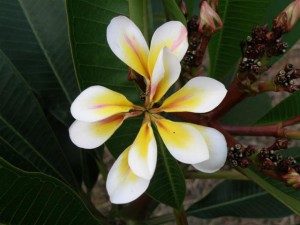

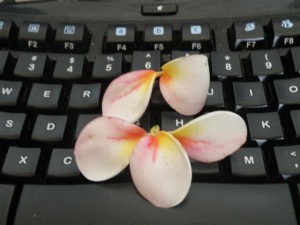
 Will The Real Black Tip Fungus Please Stand Up!
Will The Real Black Tip Fungus Please Stand Up!  Understanding Plumeria’s Seasonal Cycles
Understanding Plumeria’s Seasonal Cycles 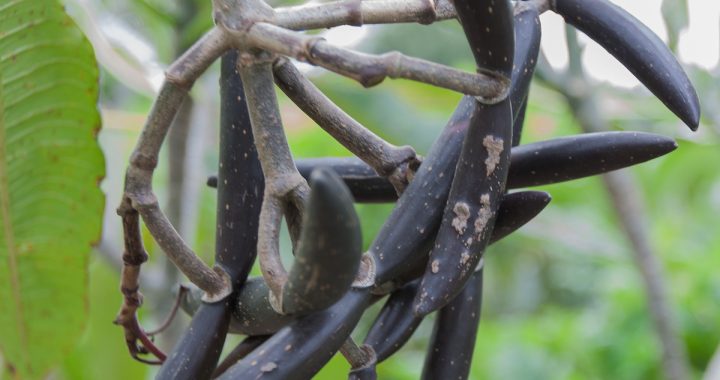 Why are Plumeria Seedlings so Different?
Why are Plumeria Seedlings so Different? 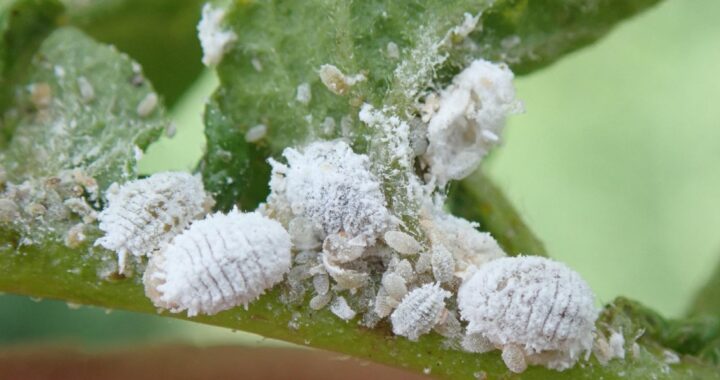 Mealy Bugs Plumeria Pests
Mealy Bugs Plumeria Pests 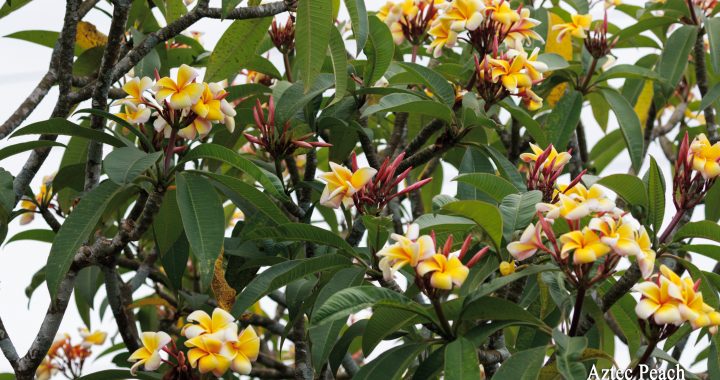 Known Plumeria Names
Known Plumeria Names